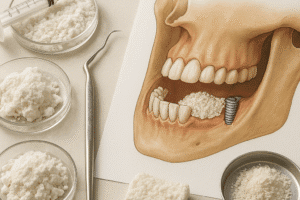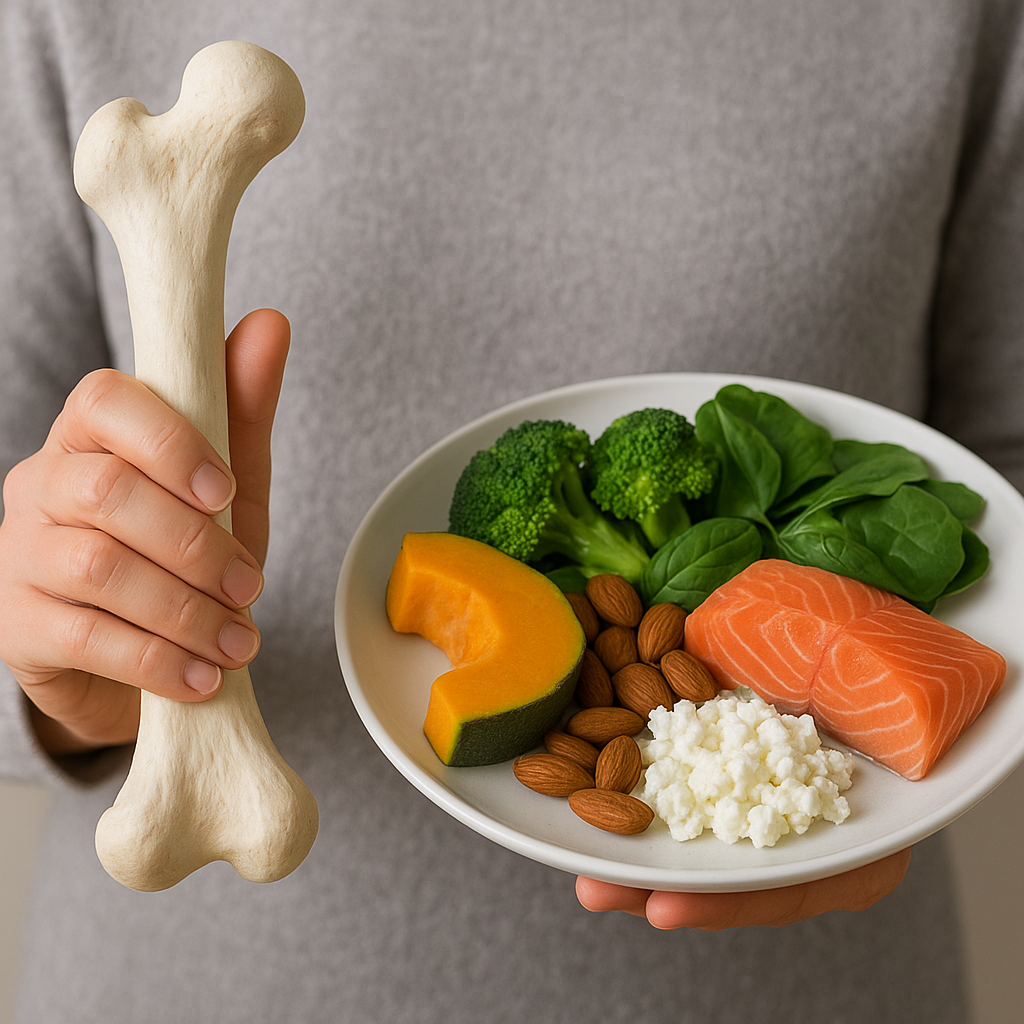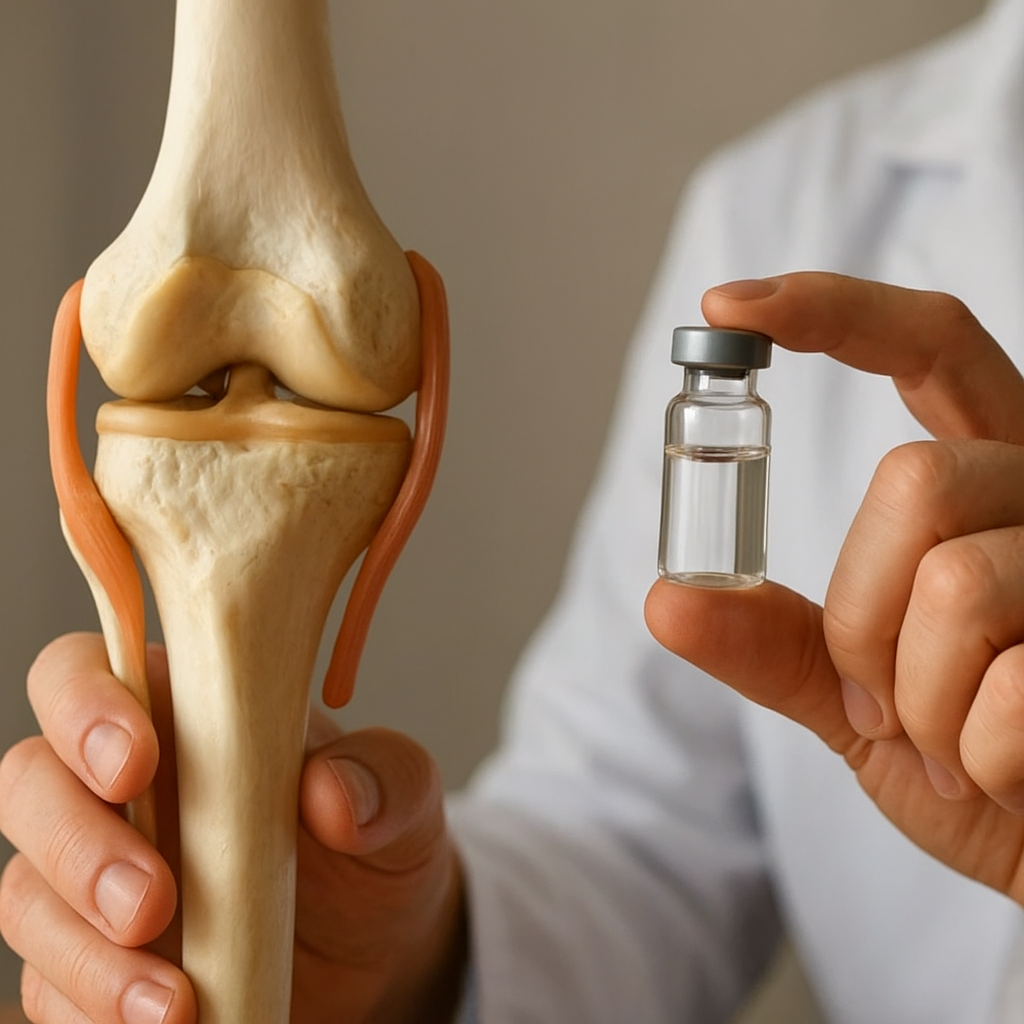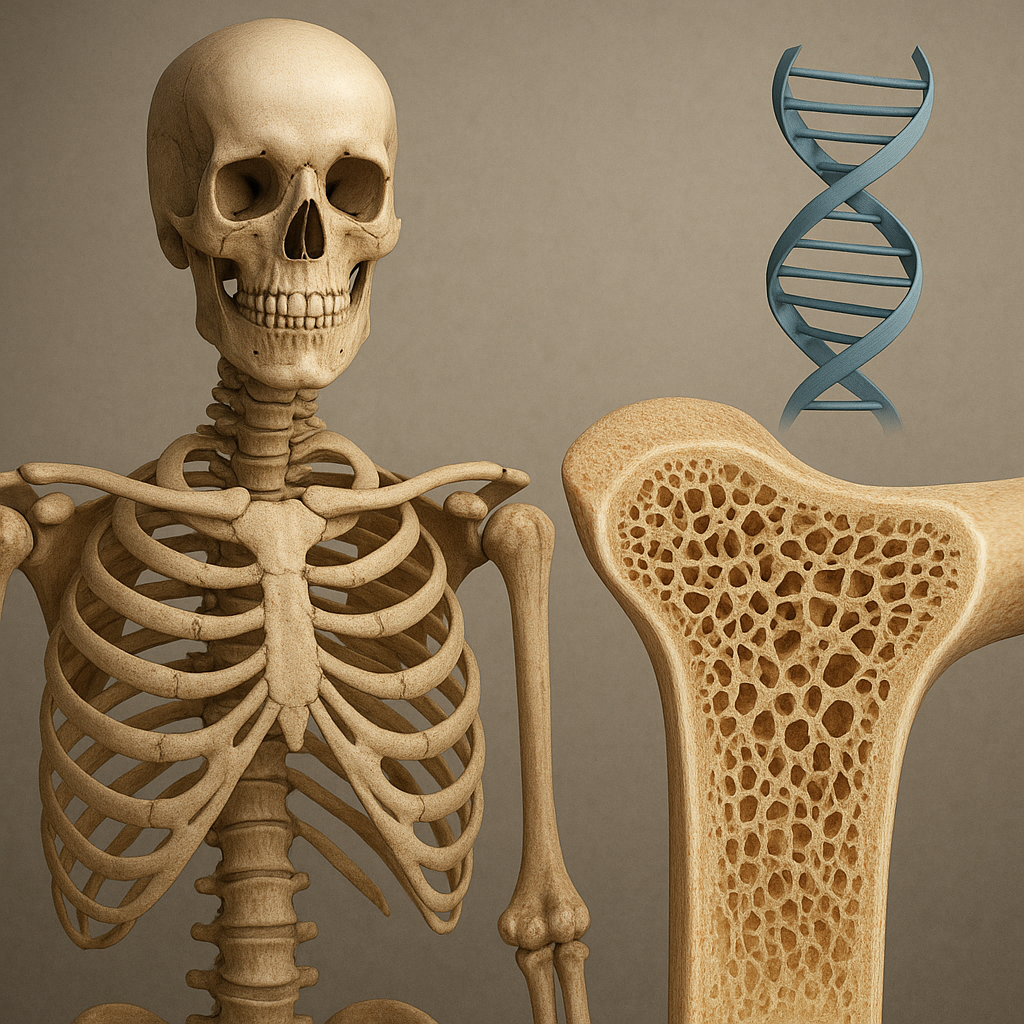The structure and function of bones in the human body are fundamental to our overall health and mobility. Bones serve as the framework of the body, providing support, protection, and facilitating movement. They also play a crucial role in the production of blood cells and the storage of minerals. Understanding the intricate design and various functions of bones can help us appreciate their importance in our daily lives and overall well-being.
Understanding Bone Structure
The human skeleton is composed of 206 bones in adulthood, which can be categorized into two main groups: the axial skeleton and the appendicular skeleton. The axial skeleton includes the skull, vertebral column, and rib cage, while the appendicular skeleton consists of the bones of the limbs and the pelvic girdle. Each bone has a unique structure that contributes to its specific function.
Bone Composition
Bones are made up of a combination of organic and inorganic materials. The organic component, primarily collagen, provides flexibility and tensile strength, while the inorganic component, mainly hydroxyapatite (a crystalline structure of calcium phosphate), gives bones their hardness and rigidity. This unique composition allows bones to withstand various stresses and strains while maintaining their structural integrity.
Types of Bone Tissue
Bone tissue can be classified into two main types: compact bone and spongy bone. Compact bone, also known as cortical bone, is dense and forms the outer layer of bones. It provides strength and support, allowing bones to bear weight and resist bending. Spongy bone, or cancellous bone, is found at the ends of long bones and within the interior of others. It has a porous structure that reduces the overall weight of the bone while still providing strength and support. The spaces within spongy bone are filled with bone marrow, where blood cell production occurs.
Bone Marrow and Its Functions
Bone marrow is a vital component of the skeletal system, found within the cavities of certain bones. There are two types of bone marrow: red marrow and yellow marrow. Red marrow is responsible for the production of red blood cells, white blood cells, and platelets, playing a crucial role in the body’s immune response and oxygen transport. Yellow marrow, on the other hand, primarily consists of fat cells and serves as an energy reserve. In times of increased demand, yellow marrow can be converted back into red marrow to boost blood cell production.
The Functions of Bones
Bones serve multiple essential functions that are critical for maintaining the body’s overall health and functionality. These functions can be broadly categorized into support, protection, movement, mineral storage, and blood cell production.
Support and Protection
One of the primary functions of bones is to provide structural support for the body. The skeleton acts as a framework that supports the weight of the body and maintains its shape. Additionally, bones protect vital organs from injury. For example, the skull encases the brain, the rib cage shields the heart and lungs, and the vertebrae protect the spinal cord. This protective function is crucial for safeguarding the body’s most important systems.
Movement
Bones play a significant role in facilitating movement. They serve as attachment points for muscles, which contract and pull on the bones to create movement at the joints. The interaction between bones and muscles allows for a wide range of motions, from simple actions like walking and running to complex movements involved in sports and other physical activities. Joints, where two or more bones meet, are essential for this movement, providing flexibility and stability.
Mineral Storage
Bones act as a reservoir for essential minerals, particularly calcium and phosphorus. These minerals are vital for various bodily functions, including muscle contraction, nerve transmission, and blood clotting. When the body requires additional minerals, bones can release them into the bloodstream, helping to maintain mineral balance. Conversely, when there is an excess of minerals, bones can store them, preventing potential toxicity.
Blood Cell Production
As previously mentioned, bone marrow is responsible for the production of blood cells. This process, known as hematopoiesis, occurs primarily in the red marrow found in certain bones, such as the pelvis, sternum, and ribs. The continuous production of red blood cells, white blood cells, and platelets is essential for maintaining a healthy circulatory and immune system. Any disruption in this process can lead to various health issues, highlighting the importance of bone health.
Bone Health and Maintenance
Maintaining healthy bones is crucial for overall well-being, especially as we age. Various factors can influence bone health, including nutrition, physical activity, and lifestyle choices. Understanding these factors can help individuals take proactive steps to support their skeletal system.
Nutrition for Healthy Bones
A balanced diet rich in essential nutrients is vital for maintaining bone health. Key nutrients include:
- Calcium: This mineral is the primary building block of bone tissue. Dairy products, leafy greens, and fortified foods are excellent sources of calcium.
- Vitamin D: Vitamin D is essential for calcium absorption. Sunlight exposure and foods like fatty fish, egg yolks, and fortified dairy products can help maintain adequate levels.
- Protein: Protein is necessary for bone repair and growth. Sources include lean meats, poultry, fish, beans, and legumes.
- Magnesium and Phosphorus: These minerals play a role in bone structure and health. Nuts, seeds, whole grains, and legumes are good sources.
Physical Activity and Bone Strength
Regular physical activity is crucial for maintaining strong bones. Weight-bearing exercises, such as walking, running, and resistance training, stimulate bone formation and increase bone density. Engaging in a variety of physical activities can help improve balance and coordination, reducing the risk of falls and fractures, especially in older adults. It is essential to incorporate both strength training and aerobic exercises into a regular fitness routine for optimal bone health.
Lifestyle Choices and Bone Health
Certain lifestyle choices can significantly impact bone health. Avoiding smoking and excessive alcohol consumption is crucial, as both can lead to decreased bone density and increased fracture risk. Additionally, maintaining a healthy weight is important, as being underweight can weaken bones, while being overweight can put extra stress on them. Regular check-ups with healthcare providers can help monitor bone health and identify any potential issues early on.
Conclusion
The structure and function of bones in the human body are integral to our overall health and well-being. From providing support and protection to facilitating movement and producing blood cells, bones play a vital role in our daily lives. Understanding the importance of bone health and taking proactive steps to maintain it through proper nutrition, physical activity, and healthy lifestyle choices can help ensure strong and resilient bones throughout our lives. As we continue to learn more about the complexities of the skeletal system, it becomes increasingly clear that caring for our bones is essential for a healthy and active life.













